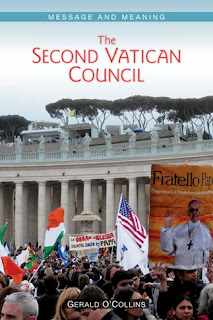A call for unity and a call for holiness.
A call for unity and a call for holiness. The Holy Father puts forward a vision of the church which he calls an “inverted pyramid,” with the People of God, the base, above what is normally perceived to be the “apex.” The clergy, bishops, cardinals, and even His Holiness the “servant of servants of God,” himself are all located beneath the People, playing the role of undergirding systems of support for the wider believing faithful, not franchise branch managers, or guardians and dispensers of oligarchical stockpiles of grace. The ministers (from “minus” meaning “less”) do not “lord their power” over the rest of the People, but rather serve them effectively and tirelessly. This is the mark of a truly synodal church, which can both teach and listen.) For I tell you, that unless your justice abound more than that of the scribes and Pharisees, you shall not enter into the kingdom of heaven. Matt 5 20 Douay-Rheims Bible also USCB bible


